Only logged in customers who have purchased this product may leave a review.
Hoya Incrassata Variegata
$79.00
HOYA INCRASSATA VARIEGATA
Hoya incrassata is native to Malaysia, Thailand, and The Philippines. It is one of the best Hoyas for the beginning Hoya enthusiast requiring no special care. The plant grows and flowers quickly in about 18 months from cuttings. The flowers are strongly scented of lemon. It grows in normal peat, bark, and perlite mix, and should be kept on the dry side. It will grow and flower completely under artificial lighting. This vining evergreen looks lovely in hanging baskets as well as floor planters.
Hoya Incrassata is commonly known as Wax flower, Wax plant, or Wax vine. This lovely flowering Hoya originates from Malaysia, the Philippines, and Thailand in South East Asia and has been traded as a houseplant for several years.
Hoya Incrassata is another milkweed plant because of the white, milky sap. Hoya plants are one of the most diverse plant genera in nature, with a wide variety of leaves and flowers. The main reason for the popularity of Hoya plants is the fleshy leaves and semi-gloss layer of wax on the flowers.
Incrassata was first recognized in 1904 by German botanist Otto Warburg. It is definitely one of the easiest Hoya plants to grow and flower. This plant also has special variegated versions that have leaves in cream and green color.
With its showy flowers, Hoya Incrassata is a great ornamental plant for gardeners who are obsessed with Hoyas. This fragrant plant looks wonderful in small gardens, hanging baskets, and containers.
Flowers
This plant has very interesting blooms because each flower has different petals; some of them are curled towards the center while others are pointing outwards, otherwise known as reflexed flowers. The flowers also have a very glossy sheen making them live to their nickname ‘Wax Flower.’
Each peduncle consists of two flowers; the small inner flower (corona) is creamy white while the outer flower (corolla) is yellow with brown or maroon edges. Each bloom has 5 fused petals, sepals, and coronas. All these flowers grow in clusters creating a bouquet of tiny flowers, and each flower is about 0.4 inches (10mm) in size.
Each umbel has 40 to 50 flowers that last for 3-4 days only. But don’t get discouraged because this plant repeatedly blooms from spring to fall. This plant will reward you with blooms within a short time once you maintain the necessary plant care instructions. The blooms have a very strong and fresh lemony scent with a hint of spice in it. The scent is highly noticeable in the evening.
Leaves
This vining plant can get about 2-3 feet high with proper plant care during its active growth season, spring, and summer.
The leaves on this particular Hoya vary a lot in size; they grow 3.5-6.2 inches (9-16cm) in length and 1.5 – 2.4 inches (4-6cm) in width. The leaves are slightly curled at the edges.
The Hoya Incrassata Variegata has variegated leaves; they vary in shades of dark and light green. The leaves on the original version are solid green with no flecks and grow to a size of 8 inches in length.
The leaves have pinnately netted leaf veins. The stems are light brown or completely brown with a length of 3.4-5.3 inches (8.8-13.5cm) in length.
The young leaves are very shiny, but as the plant matures, the leaf’s appearance changes to a leathery matte finish. The leaves also vary in terms of thickness, and the thick ones are lighter in color.
Soil
When talking about Hoya soil requirements, the major consideration is that Hoyas hate water-logged soil. Therefore whatever mixture you go for, make sure it’s well-draining.
I like growing it in peat, bark, and perlite mix that fulfills all the requirements of an indoor Hoya plant. You can even add coconut fiber to your peat-based mix. A cactus mix will also work for growing a Hoya Incrassata. The optimum USDA hardiness zone is 10a.
Watering
Hoya Incrassata needs plenty of water to thrive, but it is important that you let the plant get dry before the next watering. I treat my plant with occasional misting so that it’s never thirsty for water.
The leaves are succulent, so they will store water; therefore, it is not fussy about water. Just remember to water it whenever the soil has dried. In hot summer you water it twice a week.
Give your Hoya plant less water during winter because the rate of evaporation is low compared to summer or spring, or you can easily end up overwatering your plant.
Do not panic if you forget to water your plant once or twice during the busy days. The thick foliage of wax pants like Hoya Incrassata can store some water for these times.
Light
As a houseplant, Hoya Incrassata enjoys full sun to partial shade. But keep in mind that even bright full sun should not fall on your plant directly.
I have low sunlight within my apartment; therefore, I utilized artificial lights to grow my indoor Hoya Incrassata, which resulted very well, and my plant starting thriving within a few months.
However, if you want your plant to bloom, keep it in bright, indirect sunlight. From Mid-May to late September, you can keep this plant outdoor. But in summer, bring the plant inside during hot days.
Temperature
Being native to rainy, warm areas of South East Asia, this plant will thrive in average indoor temperatures. However, the ideal temperature will be between 65 to 80 degrees Fahrenheit (18 to 27 degrees Celsius).
The Hoya Incrassata is not winter hardy; it can withstand temperatures lower than 57 degrees Fahrenheit (14 degrees Celsius). We encourage you to get heat pads if the temperature gets lower than 50 degrees Fahrenheit.
One of the things this plant highly dislikes is cold, draughty windows.
Humidity
This plant comes from a tropical environment; therefore, aim for the same if you want to successfully cultivate it indoors. The most important requirement to create this atmosphere is humidity because most tropical plants are accustomed to high humidity.
Luckily this plant is very adaptable; it can thrive in low to high humidity. We would recommend 70 to 80% humidity levels for Hoya Incrassata.
Fertilizer
An adequate supply of fertilizer is necessary for plant health and flowering in the coming season. For young plants with one or two leaves, minimum feeding is required. You can add a slow-release fertilizer twice a year.
For a mature plant with more leaves, you can increase the amount of fertilizer. It is best to apply a liquid fertilizer three to four times during the growing season when the plant is thriving vigorously.
If you have planted your Hoya Incrassata in cactus soil, we would suggest adding a cactus fertilizer to the mix.
This plant enjoys feeding in the spring and summer season, but you have to withhold fertilizers in the winter season.
Repotting
This Hoya has adventitious roots that have a rough texture. This plant will appreciate being root bound but still needs to be repotted every year or two. Hoya plants do not like very large pots, so choose a pot that is 1 or 2 inches bigger in size.
Use a coarse potting medium while repotting. Just fill the bottom half of the pot with orchid bark and add your desired potting mix to fill the remaining pot. You can add a teaspoon of lime if you want to increase the alkalinity of the mix.
After settling the plant in its new pot, spray some liquid fertilizer on top of the soil surface. This will supply any missing nutrients in the potting mix.
Pruning
Follow the following steps for pruning a Hoya Incrassata:
Prepare bleach and water solution. Dip all your gardening tools in this solution to thoroughly sterilize them—this is important to prevent any diseases.
Now wear your protective gloves because the sap for this plant can cause skin irritation for some individuals.
Take small garden scissors and prune all diseased stems, leaves, and flowers. You can remove all the brown, yellow, dying leaves.
You can also trim leggy stems to help your plant conserve energy. I would suggest trimming any extra stems for size control if your Hoya Incrassata is thriving vigorously.
Tips for Growing Hoya
Hoya Incrassata needs excellent drainage in pots.
Do not expose it to cool temperatures because that will halt or slow down the growth.
Avoid placing it near a radiator or air conditioners to protect your plant from extreme temperature fluctuations.
Do not place the Hoya Incrassata in mid-day hot sun because this will burn the succulent leaves.
Hoya plants dislike constant moving or handling; therefore, avoid moving your plant unnecessarily.
Keep your Hoya Incrassata in a bright spot where it will not get direct sunlight. Remember, the more sunlight it gets, the more bloom it will produce.
Water your plant only when required, i.e., when the soil is dry.
When the plant is budding or flowering, you should avoid misting or cleaning the leaves.
Summary
The Hoya Incrassata bears gorgeous creamy yellow flowers that have an amazing scent. The broad lanceolate leaves in shades of green make it a traditional houseplant. You can even grow a variegated version if you like variegated plants.
We highly recommend this species to plant enthusiasts that are just starting their gardening journey as it requires no special care. Hoya Incrassata often gets diseased due to malnutrition; therefore, feed your plant with fertilizers regularly. This species is highly sensitive to overwatering, so water once the soil is dry.
9 in stock
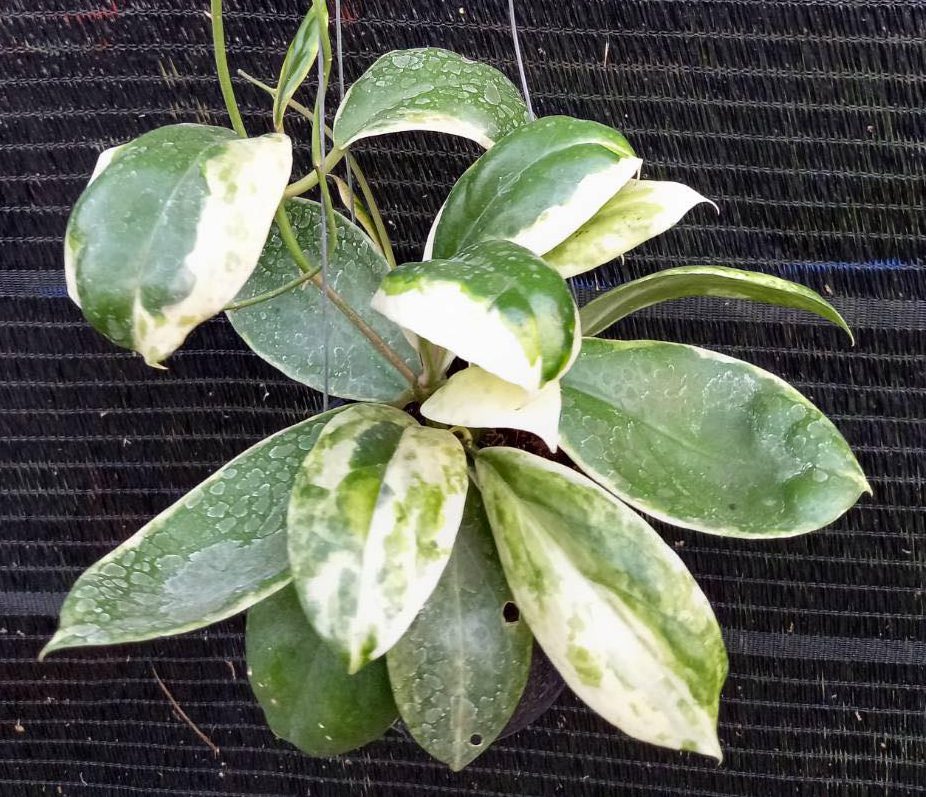
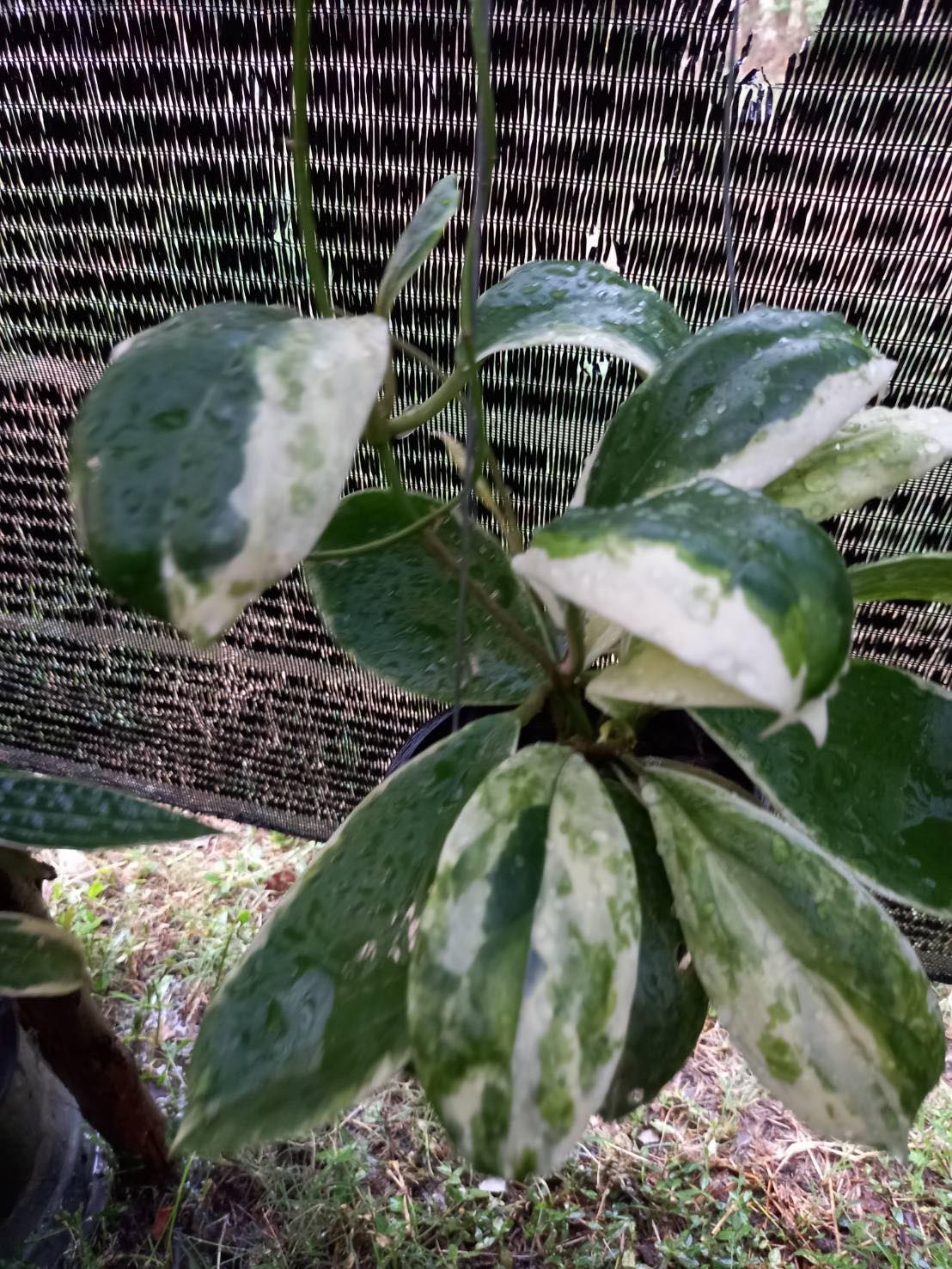
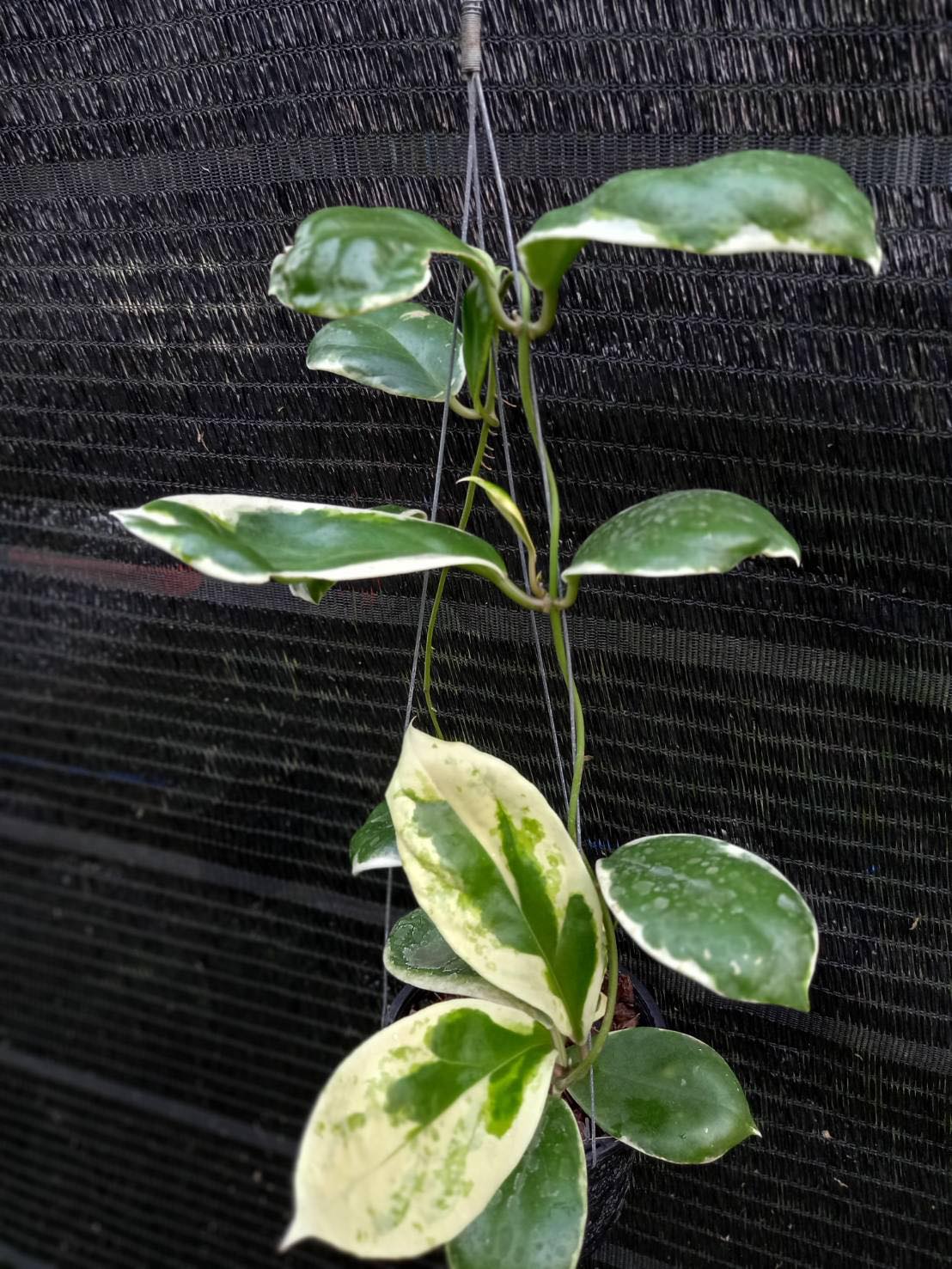
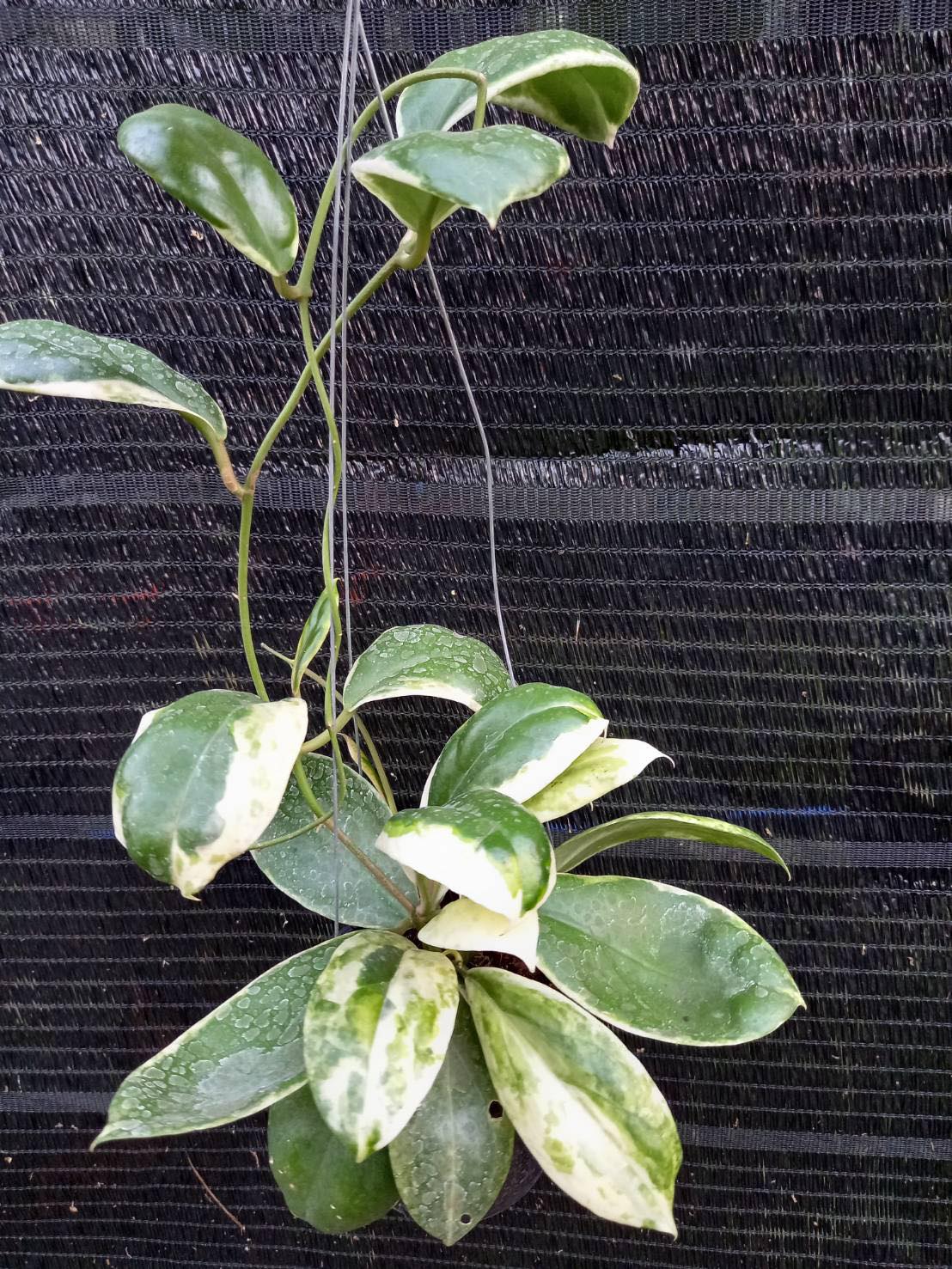
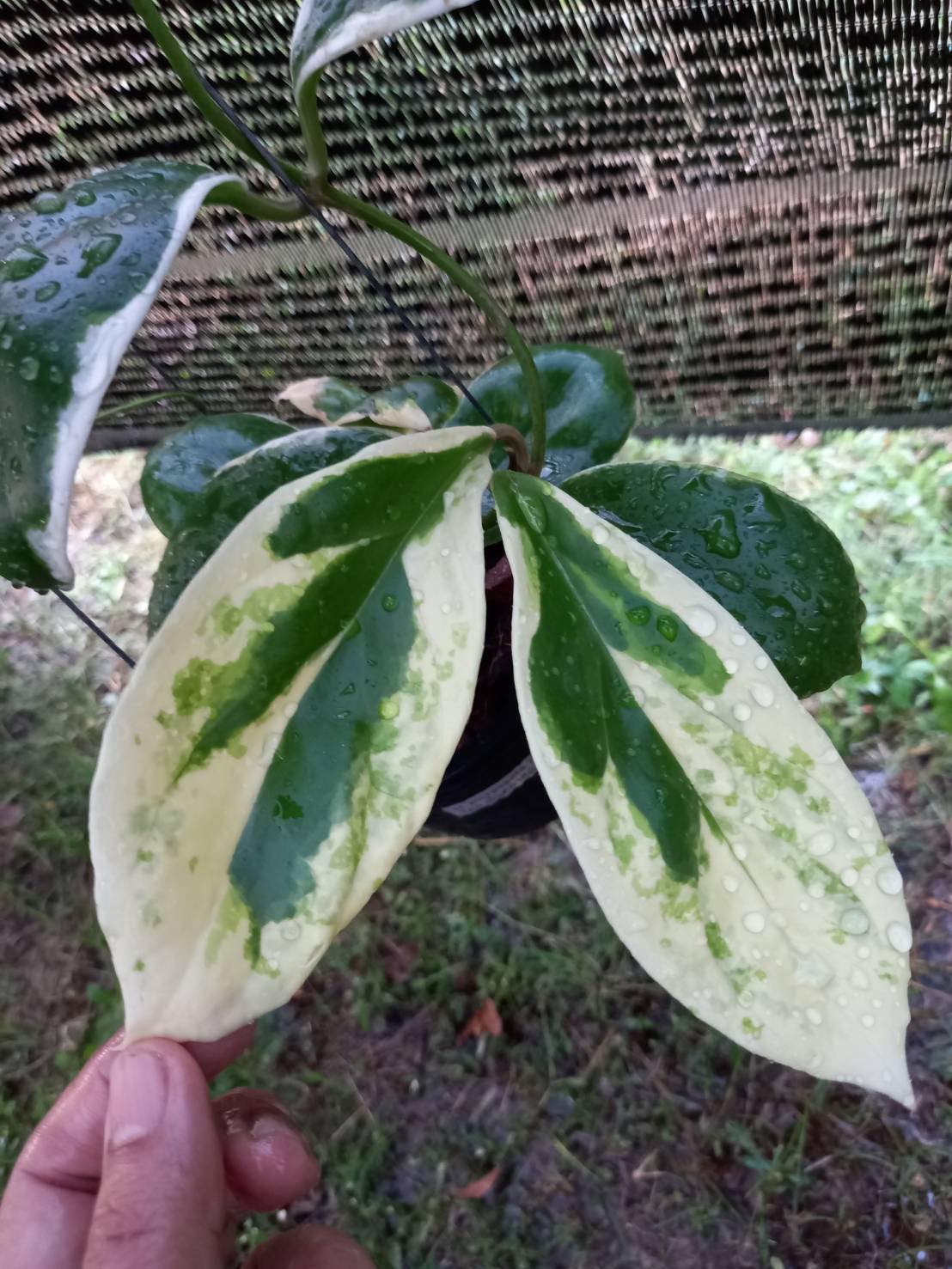

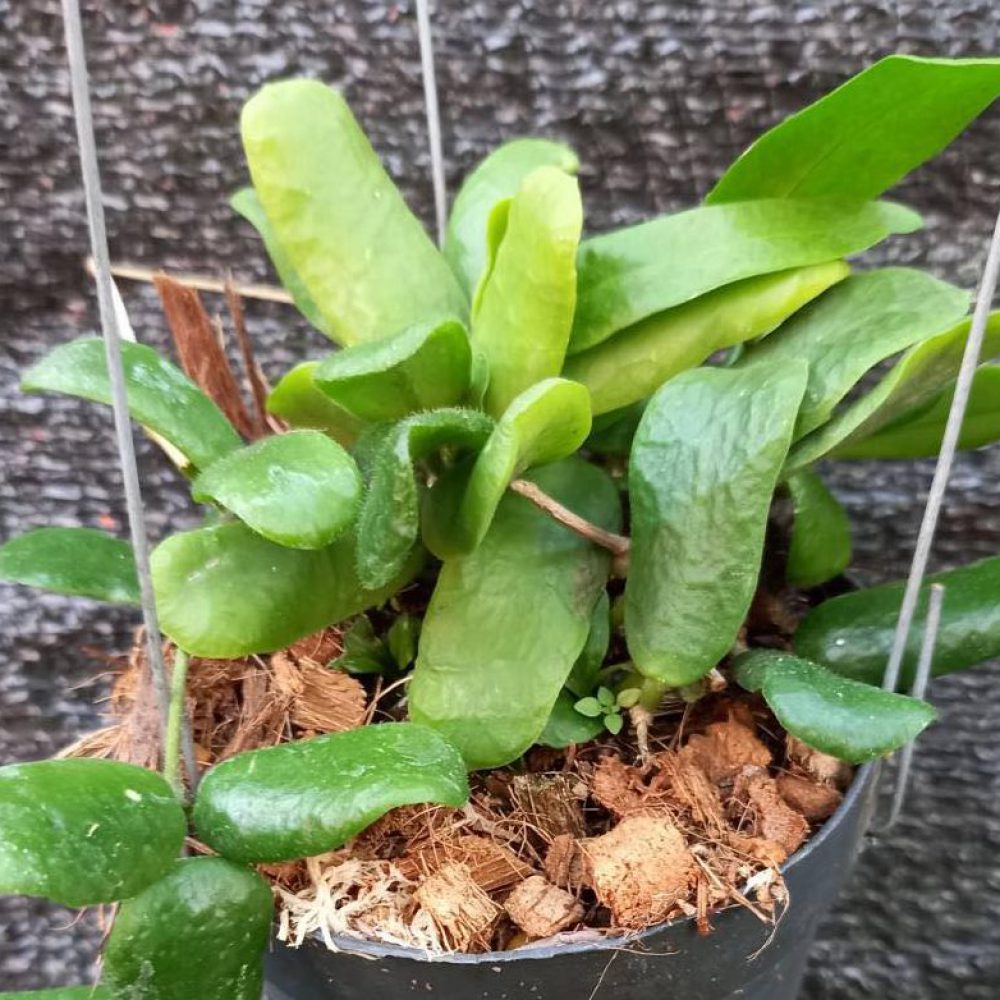
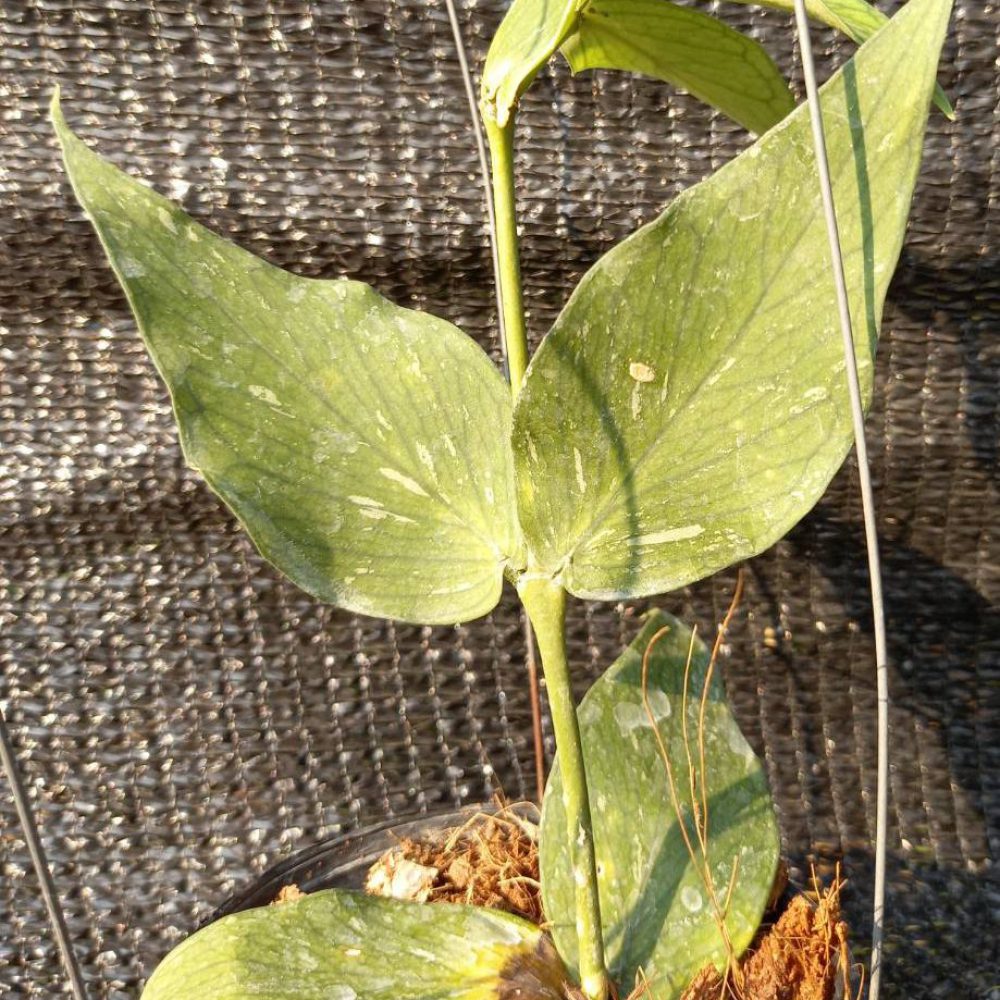
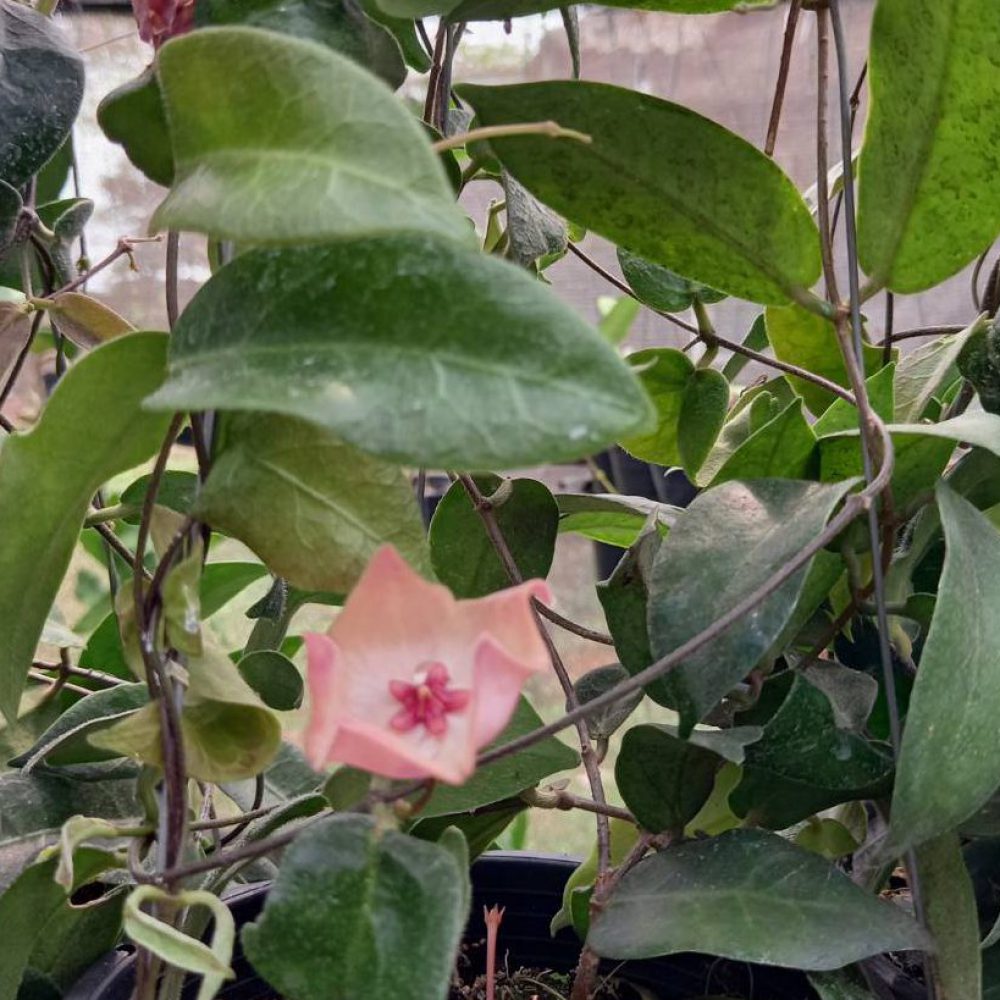
Reviews
There are no reviews yet.